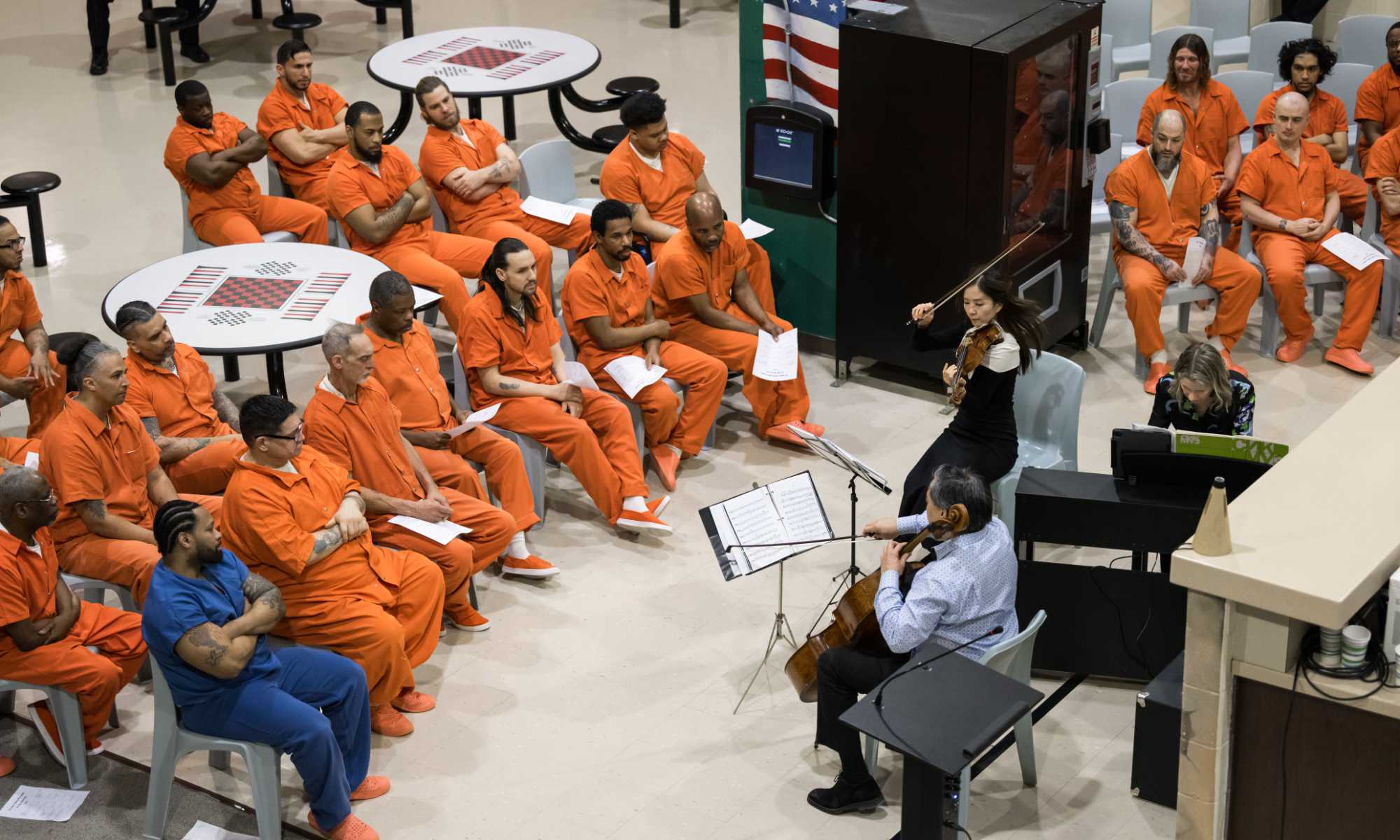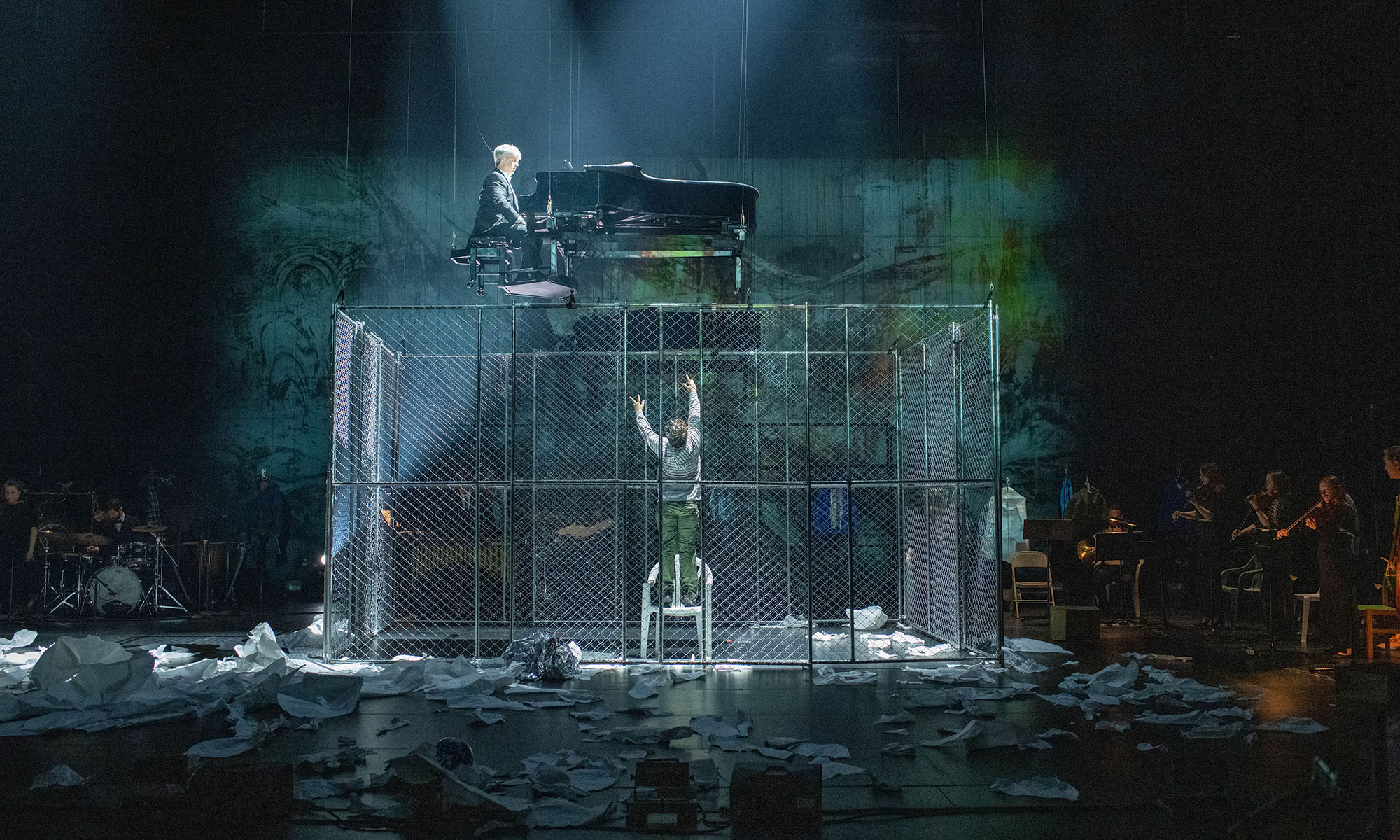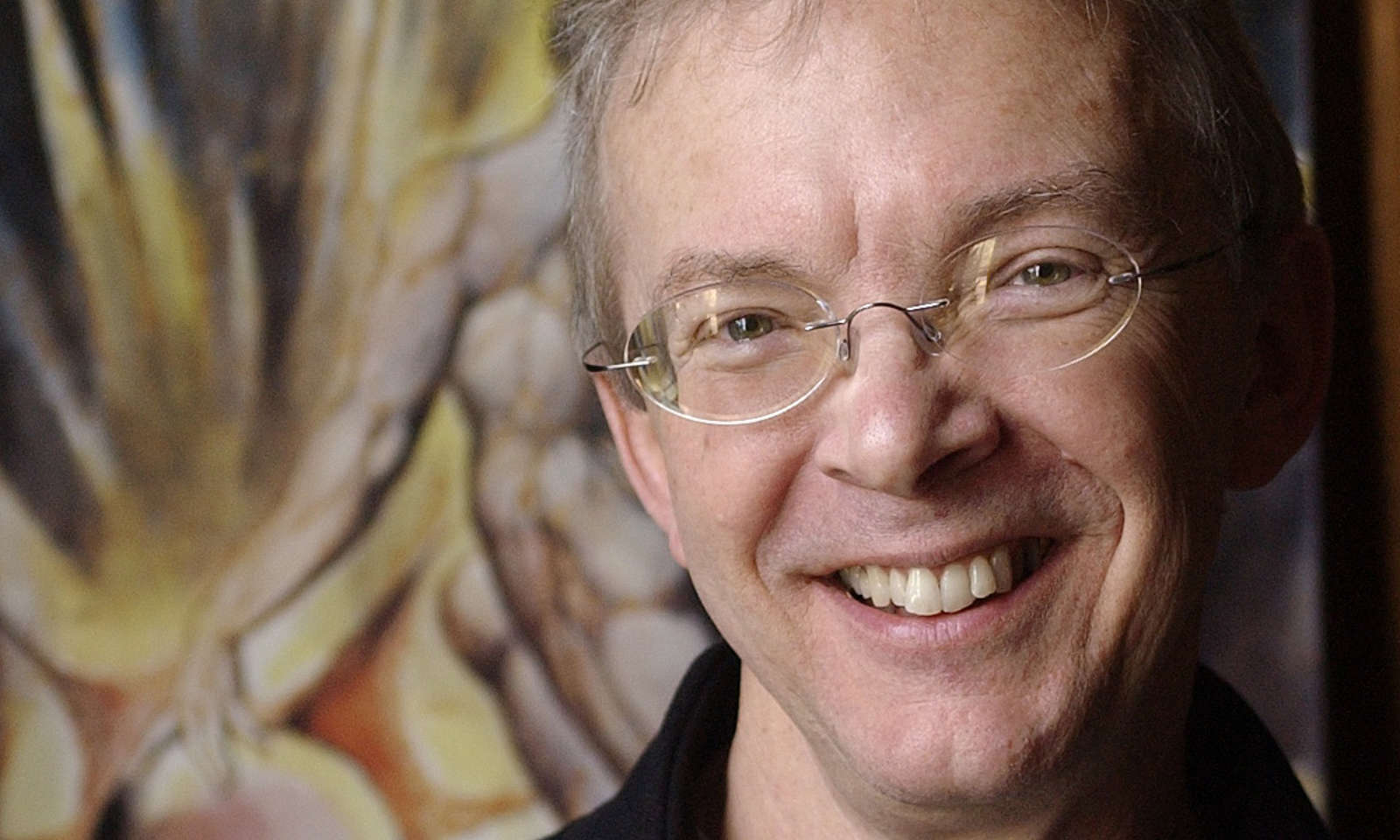September 26 marks the 50th anniversary of the release of the Beatles’ iconic Abbey Road. The band’s final album, named for the London studio in which it was recorded, served as a kind of goodbye letter to the fans. The Fab Four were in the process of a break-up, but amidst lawsuits and internal feuds, they got back together for one last musical turn.
They were “back to form,” says John Covach, director of the Institute for Popular Music at the University of Rochester. “It’s the band playing together, singing together, and working together in a way they haven’t really done for some time.”
The University will host “Come Together: Fifty Years of Abbey Road,” a three-day symposium to commemorate the landmark work, from September 27 to 29. Held at the University’s Eastman School of Music and sponsored by its Institute for Popular Music, the event brings together scholars as well as participants in the actual recording of the album for presentations, keynotes, poster sessions, and special events open to the public.
The three-day event will explore the many facets of Abbey Road’s production, including audio innovations, instrumentation, art, and the influence of the people who surrounded the band during the making of the album.
“Stylistically, it moves in so many different ways,” says Victor Coelho, chair of Boston University’s department of musicology, of Abbey Road. “The music is indifferent to trends at the time.”
Coelho will speak on “Performance, Composition, and the Historical Moment of Abbey Road.” Additional presenters include audio engineer Ken Townsend, who worked on several Beatles albums, including Rubber Soul, Revolver, and Sgt. Pepper’s Lonely Hearts Club Band; Andy Babiuk, a consultant to the Rock and Roll Hall of Fame and author of Beatles Gear: All the Fab Four’s Instruments from Stage to Studio; Walter Everett, a professor of music theory at the University of Michigan and author of The Beatles as Musicians; and Kenneth Womack and Katie Kapurch, literary scholars and coeditors of New Critical Perspectives on the Beatles: Things We Said Today.
Abbey Road innovations
Abbey Road was the only Beatles album that was mixed in stereo. All prior Beatles’ records were released as mono versions.
The album also incorporates “various kinds of avant garde artistic choices,” says Covach. It was not only one of the early rock recordings to include the Moog synthesizer, invented in the mid-1960s—it used it in unprecedented ways. For example, during the repeating guitar arpeggio at the end of “I Want You (She’s So Heavy),” the synthesizer brings in white noise—“it’s just like the sound of the ocean,” Covach says. “It continues to grow until it threatens to overtake the sound of the guitars, but then they—on John Lennon’s command—let it play until the moment when they just cut the tape.” The final track on side A of the album, “it went black,” he adds. “It’s like a curtain goes down.”
At the core of the conference is the idea that the Beatles offer music worthy of study. “There’s no question that the Beatles’ music played an important role in popular music during the second half of the twentieth century, so it is critical that music scholars understand the band’s music and the cultural context in which it was made,” says Covach.



